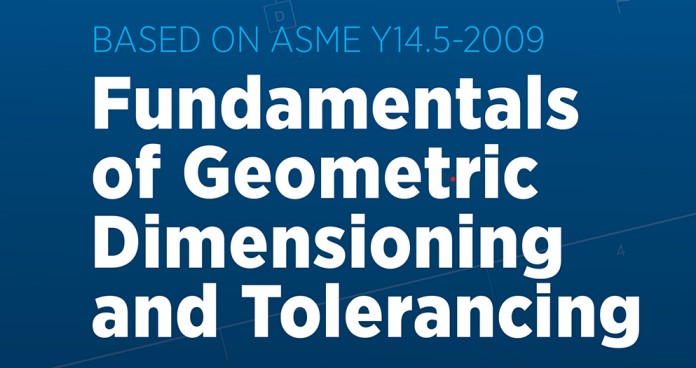This 3-day Fundamentals of GD&T course provides an in-depth study of the terms, rules, symbols, and concepts of geometric dimensioning and tolerancing, as prescribed in the ASME Y14.5-2009 Standard. The course can be conducted in three 8-hour sessions or with flexible scheduling including five mornings or five afternoons.
This class includes all the topics from the Fundamentals of GD&T 2-day foundational-level class: an explanation of geometric tolerances, including their symbols, tolerance zones, applicable modifiers, common applications, and limitations; Rules #1 and #2; the datum system; form and orientation controls, tolerance of position (RFS and MMC); runout and profile controls.This in-depth, advance-level course also covers
- Additional terms, concepts, and symbols used in GD&T
- Interpreting cylindricity and angularity
- Using tolerances on CAD models
- General dimensioning symbols, including radius, controlled radius, spherical radius, diameter, spherical diameter, square, counterbore, spotface, depth, countersink, ‘by,’ maximum dimension, minimum dimension, reference, dimension origin
- Discussions of verifications principles for each geometric tolerance
- Related and unrelated actual mating envelope
- Examples of inspection methods for each geometric tolerance
- Additional thinking skills of application (applying the knowledge to a drawing)
Newly acquired learning is reinforced throughout the class with more than 150 practice exercises, including more than 50 application problems. Each attendee receives:
- The Fundamentals of GD&T Using Critical Thinking Skills (ASME Y14.5-2009) textbook by Alex Krulikowski
- GD&T Ultimate Pocket Guide (2009)
This course provides a complete look at GD&T Fundamentals. For more complex GD&T topics, like the expanded use of composite position and profile tolerances, customized datum reference frames, the translation modifier, and applying GD&T to non-rigid parts, see our Advanced Concepts of GD&T course.
Learning Objectives
After completing this advanced-level course, you’ll be able to:
- Explain the importance of standards on engineering drawings*
- Describe the types of dimensions, tolerances, and notes used on drawings
- Interpret the general dimensioning symbols*
- Define the key terms used in GD&T
- Recognize the symbols and modifiers used in GD&T
- Explain the rules used in GD&T
- Describe the concepts of worst-case boundary, virtual condition, and bonus tolerance
- Interpret the various types of tolerance (flatness, straightness, circularity, cylindricity*, perpendicularity, parallelism, angularity*, position, runout, and profile)
- Describe the datum system
- Interpret applications of datum targets, size datum features (RMB), and size datum features (MMB)
- Perform position tolerance (RFS and MMC) special application and calculations*
- Describe profile tolerance basic concepts and applications*
*Not covered in 2-day foundational-level course.
Who Should Attend
This course is valuable for individuals who create or interpret engineering drawings, product and gage designers; process, product, and manufacturing engineers; supplier quality engineers/professionals; CMM operators; buyers/purchasers; checkers; inspectors; technicians; and sales engineers/professionals.
Prerequisites
Students should have basic knowledge and command of the GD&T ASME Y14.5 standard which provides guidelines for engineering drawing sheet layout.
You must complete all course contact hours and successfully pass the learning assessment to obtain CEUs.
Instructors
All SAE GD&T instructors are industry professionals with years of experience applying geometric dimensioning and tolerancing on the job.
Our instructors:
- Have expert knowledge of the Y14.5 Standard
- Are ASME and/or ASQ certified
- Have current or recent industrial experience using GD&T
- Possess at least five years of experience using GD&T
- Are experienced and skilled using SAE teaching materials
SAE instructors use identical training materials and lesson plans, so you receive the same class presentation from every trainer.

